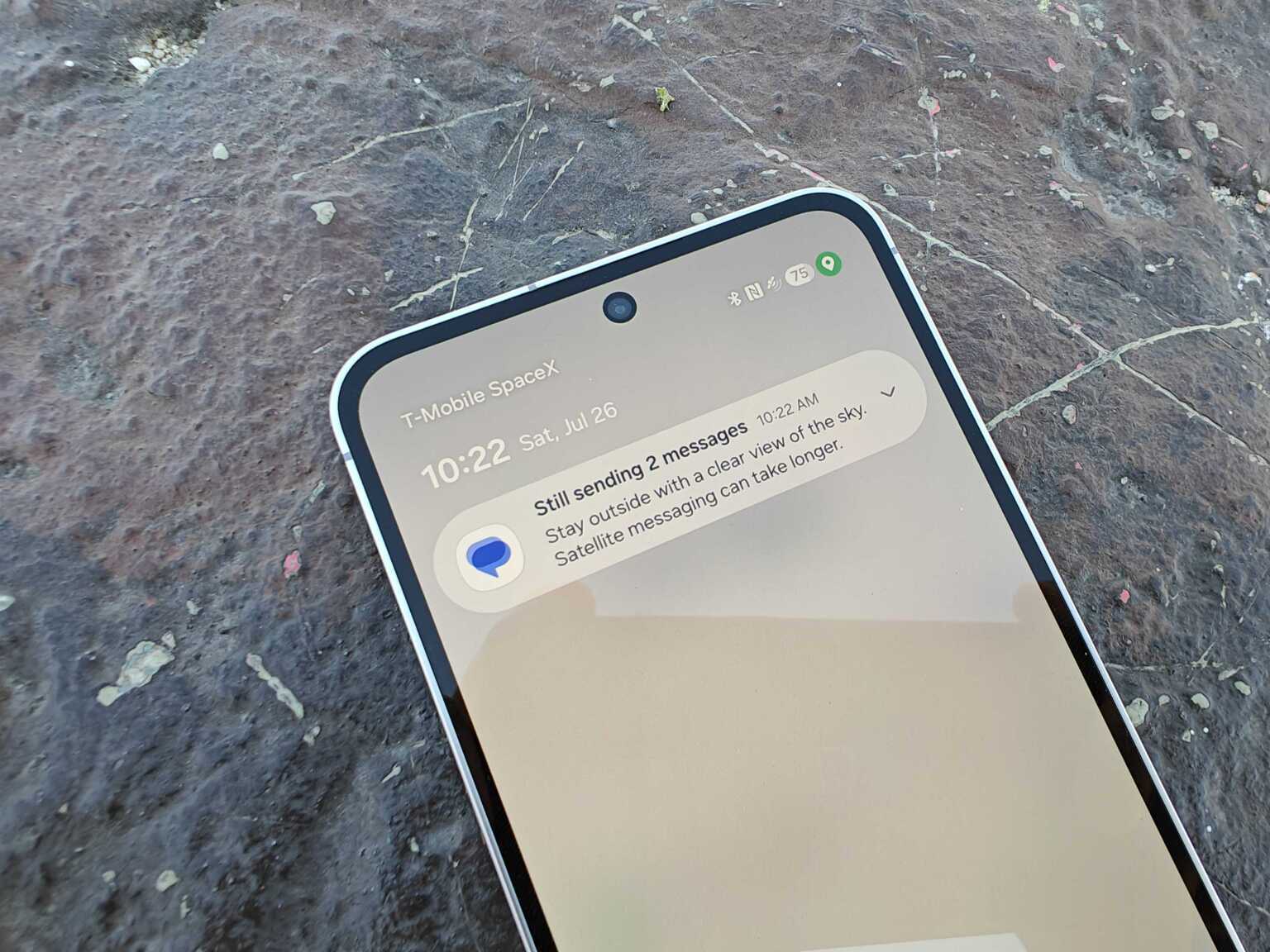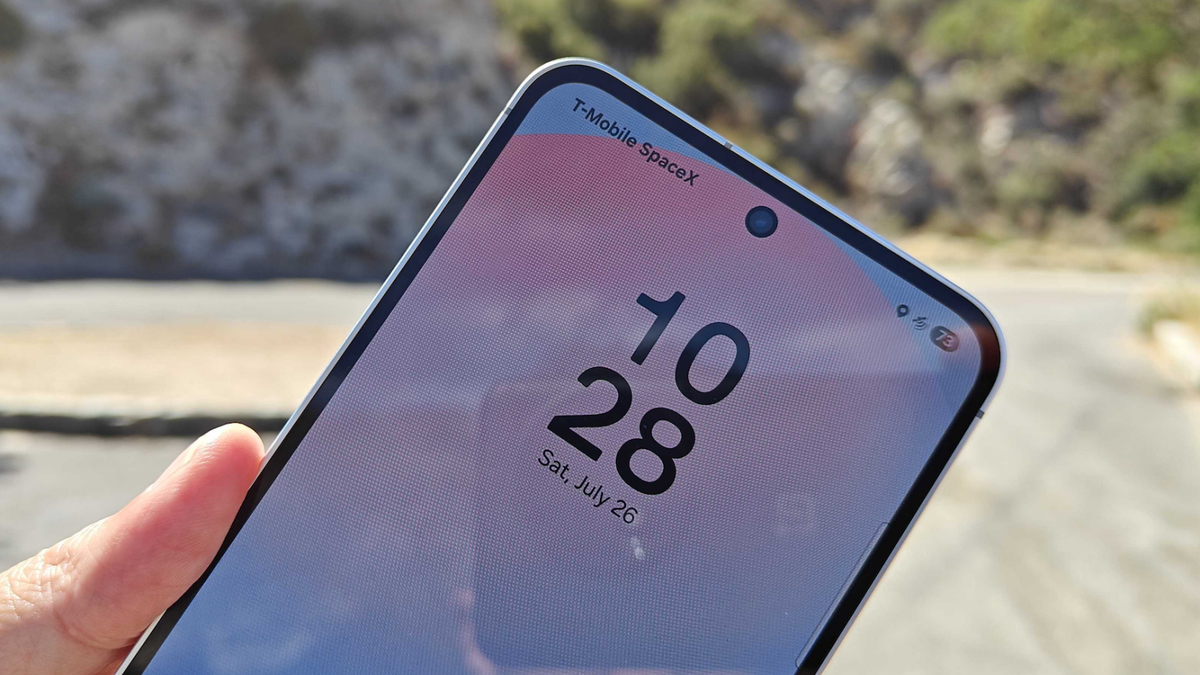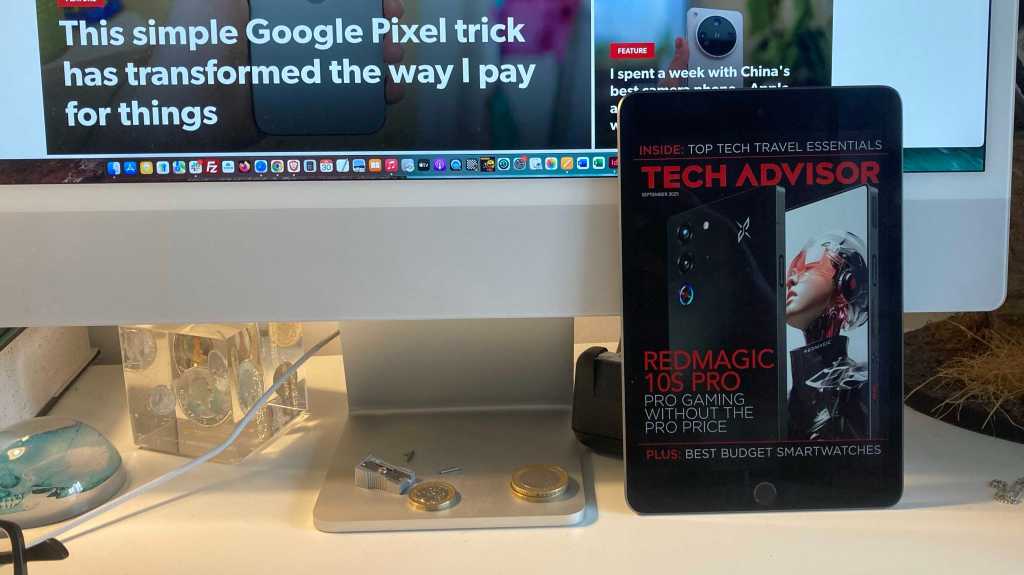PCMag tested the service and came away mostly impressed. The outlet took the feature for a spin in Southern California.
Connecting to the service is seamless and happens automatically when you enter a dead zone. T-Mobile even sends you a text to let you know that you have established a satellite connection. You don’t necessarily need to hold your phone up to the sky to maintain the connection. You may get service even inside your car.At the moment, only Samsung and Motorola phones are supported. PCMag was able to send different multimedia items using a Samsung Galaxy S24 FE. The phone also managed to receive GIFs and audio clips, though it took a while to download them.
As is the case with texts sent over satellite, MMS messages sent via satellite are subject to delays, so the experience wasn’t comparable to ground-based options.
In some instances, it took up to two minutes for a picture to go through.
Videos took even longer to send, even though they were only 5 seconds long. It took more than 10 minutes for the first video to go through, and the second one took over 20 minutes.

It took a long time to send videos using T-Satellite. | Image Credit – PCMag
Delays are to be expected with satellite-based communication, though, and the important part is that every multimedia attachment was sent successfully.
This was another demonstration of how far ahead T-Mobile is, not only of its direct rivals but also of the likes of Globalstar, which powers iPhone’s satellite messaging.
The MMS feature doesn’t work on the iPhone right now, but given that T-Mobile is swift in expanding support, it shouldn’t be long before Apple’s smartphones and additional Android handsets are supported.
T-Mobile plans to introduce data services on October 1, and voice support is also expected in the future.
T-Satellite is only free for T-Mobile customers on Experience Beyond and Go5G Next plans. For everyone else, there’s a monthly charge. The addition of MMS support might compel those with supported phones to give the service a try.


